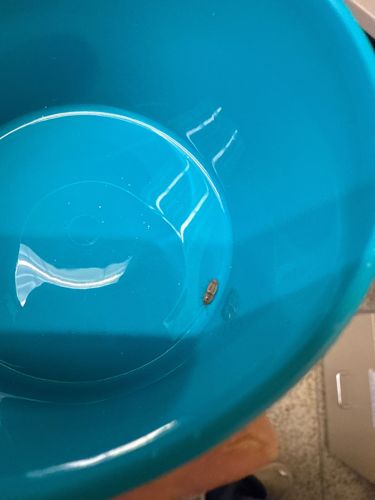Carpet Beetle (larva)
Scientific Name: Dermestes lardarius (Larder Beetle is a common type, though other Dermestidae species also exist broadly as 'carpet beetles')
Order & Family: Order: Coleoptera, Family: Dermestidae
Size: Larvae typically range from 2-5 mm (0.08-0.2 inches) in length, while adults are generally 2-4 mm (0.08-0.16 inches).

Natural Habitat
Commonly found indoors in homes, museums, warehouses, and other buildings. They prefer dark, undisturbed areas where their food sources are present, such as carpets, upholstered furniture, clothing, and stored dry goods.
Diet & Feeding
Larvae feed on a variety of organic materials, including wool, silk, feathers, fur, animal bristles, hair, dried pet food, dead insects, museum specimens, and even stored food products like dry cereals and pet food. Adult carpet beetles feed on pollen and nectar.
Behavior Patterns
Carpet beetle larvae are typically found in dark, undisturbed areas where their food sources are abundant. They are often found in closets, under furniture, in cracks in floors, and in air ducts. Adults are attracted to light and are often found near windows. The larvae are the destructive stage, as adults primarily feed on pollen and nectar.
Risks & Benefits
Risks: Carpet beetle larvae can be significant household pests, causing damage to textiles, clothing, carpets, furniture, and stored food items. Some people may also experience allergic reactions to the bristles of the larvae or their shed skins. Benefits: In nature, they play a role as scavengers, breaking down organic matter.
Identified on: 8/14/2025